- Learning time
- 40 minutes
- First play time
- 120 minutes
Last Light
Designed by: Roy Cannaday
Last Light is a ‘4x’ game in space: exploration, expansion, exploitation, extermination. While a number of games embrace this premise, they often take a big chunk of time out of your day – or days, even. Last Light attempts to reduce the time-suck on the 4x experience down to a manageable 60-90 minutes, by distilling everything you do down to a hand of six cards.
The board has a variable set-up depending on how many players you have, but each player begins with a colony and a single small ship out in space, where in the narrative of the game everyone is trying to harvest light (ie points) from the last remaining star in the universe. Turns are taken (mostly) simultaneously: each player chooses a card from their hand and everyone reveals at the same time – often, everyone can also activate at the same time, but if there’s a situation where players might react to what each other are doing, then these cards are resolved in turn order. After a card is played, it stays on the table, unaccessible for the moment…
The cards are pretty simple: trade gives you a common resource or allows you to trade in resources for uncommon or rare resources. These are needed for the research (develop the tech cards in your hand) and construct card actions: both require resources to be paid back to the supply. Construction is the building of more (and possibly better) ships as well as the crucial extractors, which both denote control of a planet on the board, and can be harvested for resources, light, and other goodies when you take the mine action, which activates all your extractors (you can also build them on your colony).
Command is where things get spicy: all of your ships can move one space on the board (potentially more if you’ve upgraded them with tech) and discover the one-off rewards of exploration tokens and planet what planets supply what resource when mined. Movement will also trigger combat if you now share spaces with opponent ships/extractors. Last Light has a simple roll-dice/compare-scores system that’s easy to follow, and combat is resolved only when one player’s ships occupy that space on the board.
Lastly, the Refresh card allows you to return all previously-played cards to your hand – the refresh itself remains on the table. Once all players have played their refresh cards, the round ends: everyone picks up their refresh cards and the board sections rotate, changing the geography and the dynamics at hand – and scoring light for planets under player control. The starting player moves clockwise around the table and a new round begins. This continues until any one player reaches 20 light, and when that happens the current round is played to the end – at which point the player with the most light wins!
The guru's verdict
-
Take That!
Take That!
While we have reservations about how much of the game takes place in mini player vacuums, there is certainly enough combat in the game to make it a noticeable.
-
Fidget Factor!
Fidget Factor!
Very low! Last Light will appeal to those who want the epic sweep without the epic down-time between turns.
-
Brain Burn!
Brain Burn!
Nothing too overwhelming: it's about playing your cards in the most productive fashion, factoring in the movements of the other players, and incorporating the things you find in space into your plans. But with only six cards to choose from at most (and a diminishing number after each turn!) it's not too onerous at all.
-
Again Again!
Again Again!
There are different factions to choose from and the 'hidden' elements of exploration tokens and what the planets themselves provide give a decent amount of variable set-up.

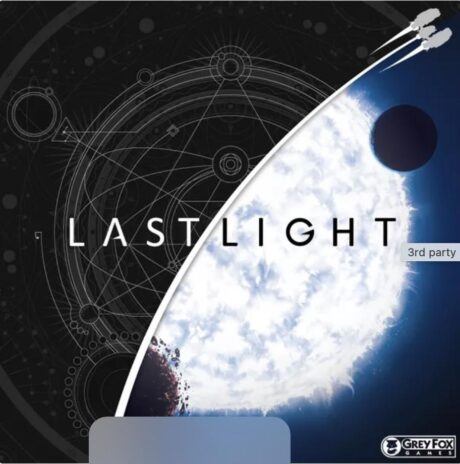
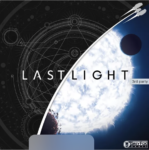




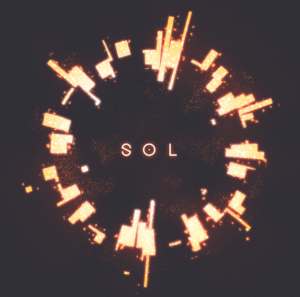
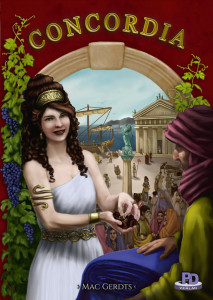
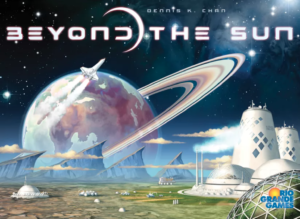


Sam says
Last Light's stated objective is to be a fast-moving 4x game and on that front it succeeds - sort of. The four 'x's are certainly present and while the board looks fairly abstract in it's geometric divisions, you do feel a sense of the theme, helped in part by the planets looming over it all, that don't actually have much function beyond the aesthetic. There's a breezy pace compared to, say, the 3+ hours needed for Eclipse or the whole day you need to schedule for Twilight Imperium. Last Light's short-cut - or sacrifice, depending on your perspective - is having everyone's turns happen simultaneously, a rhythm broken only by the command action, moving ships and instigating battles. It's not quite as isolating as everyone basically playing their own game, but if like me you want an experience with shared interests and a tangible story, then there is a slight sense of something missing: you're not really paying that much attention to anyone else until it looks like they might wander in to your turf. But I personally don't mind the 'down-time' between turns if I'm still engaged in what everyone else is doing: in fact, I want to be engaged in what they're doing, because when we're scheming and developing and fighting then it feels natural to be cognizant of the changing politics around you. All of which is not to say Last Light is a bad game, just one that feels - to me - slightly compromised by its own ambition, and when we play it we ignore the suggested simultaneous play rule and always resolve the cards in number order - it takes a little more time, sure, but I sit down to play a game with friends, not just adjacent to them.